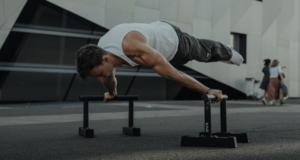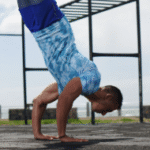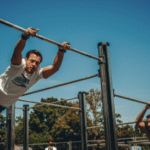Hot and Cold Therapy for Muscle Recovery and Pain Relief
Hot and cold therapy, also known as contrast therapy or thermotherapy, is a popular method for relieving muscle pain and promoting recovery. It involves the alternating application of heat and cold to the affected area. This therapeutic approach has been used for centuries to address various musculoskeletal issues, and its effectiveness is supported by both anecdotal evidence and scientific research.
Understanding the Mechanisms:
Heat Therapy:
Vasodilation: Heat application causes blood vessels to dilate (expand), increasing blood flow to the area. This brings oxygen and nutrients to promote healing and removes waste products that contribute to pain and inflammation.
Muscle Relaxation: Heat relaxes muscles, reducing tension and spasms.
Increased Flexibility: It can improve range of motion and flexibility.
Cold Therapy:
Vasoconstriction: Cold application causes blood vessels to constrict (narrow), reducing blood flow and inflammation.
Numbs Pain: Cold can numb nerve endings, providing pain relief.
Reduces Swelling: It helps decrease swelling and inflammation by limiting fluid buildup in the affected area.
Benefits for Muscle Recovery and Pain Relief:
Reduced Muscle Soreness: Contrast therapy can significantly reduce delayed onset muscle soreness (DOMS), the pain and stiffness felt in muscles after exercise.
Faster Healing: Increased blood flow from heat and reduced inflammation from cold can accelerate the healing process for muscle strains and sprains.
Pain Management: Both heat and cold can provide pain relief for various musculoskeletal conditions, including arthritis, back pain, and tendonitis.
Improved Flexibility: Heat therapy can improve flexibility and range of motion, making it beneficial for rehabilitation and injury prevention.
Reduced Swelling: Cold therapy helps reduce swelling and inflammation, which can contribute to pain and discomfort.
How to Apply Hot and Cold Therapy:
Alternating Applications:
Start with heat application for 15-20 minutes, followed by cold application for 10-15 minutes.
Repeat this cycle several times.
Types of Heat Therapy:
Hot packs
Heating pads
Warm baths or showers
Saunas
Types of Cold Therapy:
Ice packs
Cold compresses
Cold baths or showers
Important Considerations:
Individual Needs: The specific application of hot and cold therapy should be tailored to individual needs and conditions.
Safety:
Avoid extreme temperatures to prevent burns or tissue damage.
Never apply ice directly to the skin; use a towel or cloth as a barrier.
Consult a healthcare professional if you have any underlying health conditions.
Overall, hot and cold therapy is a safe and effective approach to muscle recovery and pain relief. By understanding the mechanisms and benefits of each, you can utilize this therapeutic technique to enhance your well-being and support an active lifestyle.

Hot and Cold Therapy for Muscle Recovery and Pain Relief
Route
Calisthenics Gym Houston Functional Bodyweight Training
Secondary phone: (346) 483-3195
Email: info@calisthenicsclubhouston.com
URL: https://calisthenicsclubhouston.com/
Monday 6:00 AM - 7:00 PM Tuesday 6:00 AM - 7:00 PM Wednesday 6:00 AM - 7:00 PM Thursday 6:00 AM - 7:00 PM Friday 12:00 PM - 6:30 PM Saturday 9:45 AM - 12:00 PM Sunday 3:00 PM - 5:00 PM





